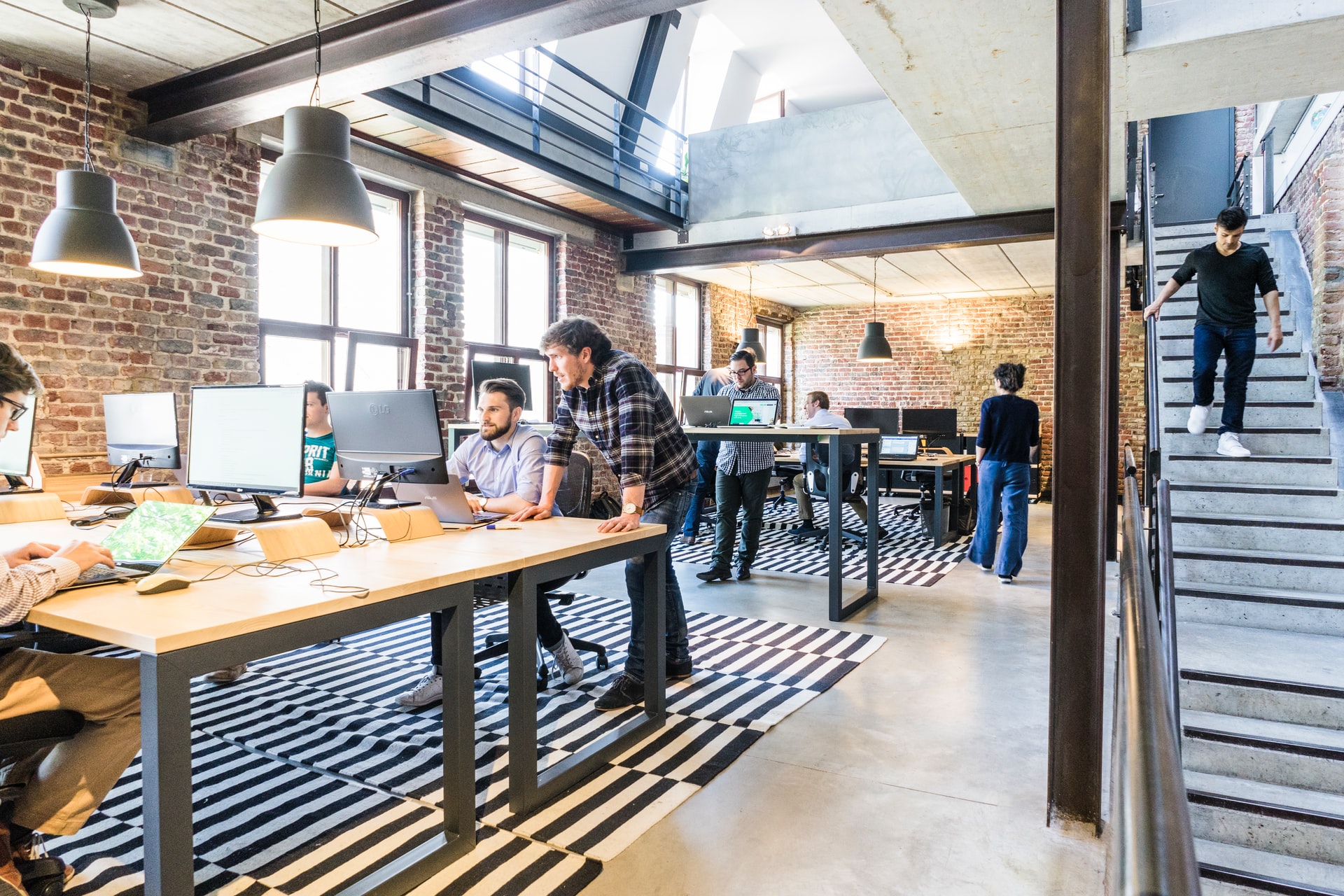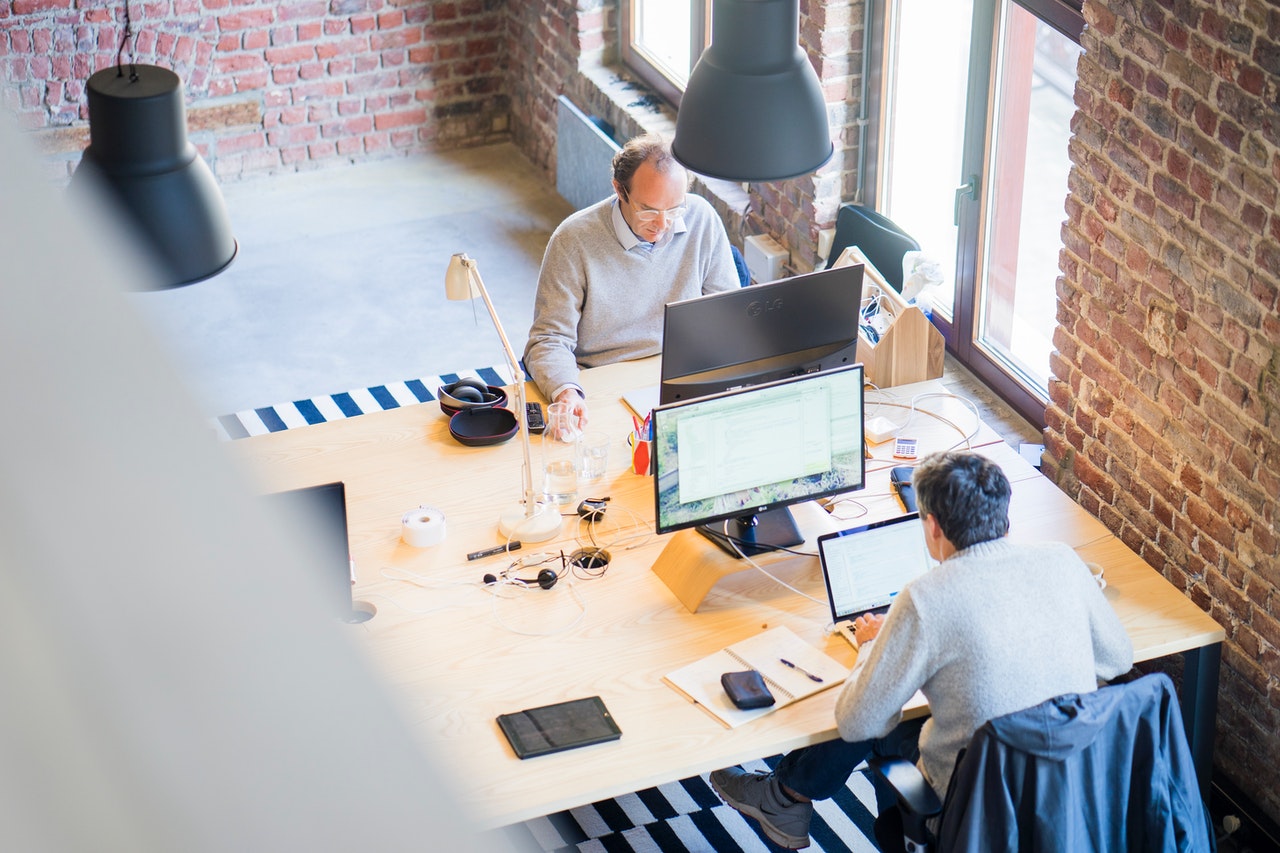Rethinking How We Understand Buildings
In the era of smart technology, buildings are no longer passive structures—they’re dynamic, data-rich environments. As systems become more connected, building operators need new ways to manage complexity, anticipate problems, and extend the life of critical assets. One of the most powerful tools enabling this transformation is the digital twin.
Far from being a buzzword, digital twins offer a practical framework for understanding and improving how buildings operate across their entire lifecycle. They combine real-time data, system simulations, and historical performance to create a living model of a physical space—bridging the gap between what’s happening and what could happen.
To explore how digital twins align with real-time analytics, predictive insights, and system integration, explore this building optimization solution.

What Is a Digital Twin?
A digital twin is a virtual reproduction of a real system—in this case, a building or a group of assets inside a facility. Using live sensor data, complex modeling, and AI-powered simulations, it reflects the real-time behavior of the actual world.
But more than just a 3D visualization, a digital twin provides a dynamic ecosystem where operators can:
- Monitor asset performance
- Simulate changes without physical risk
- Forecast maintenance needs
- Test operational strategies
- Grasp how systems are affected by human activity.
It’s not only record-keeping; it’s a tool for making decisions.
How Digital Twins Work in Smart Buildings
At the core of a smart building are its systems—HVAC, lighting, security, energy, water usage—all generating massive volumes of data. A digital twin ingests that data, maps it to physical spaces, and uses it to mirror the current state of the building.
For example, if a chiller unit starts to lose efficiency, the digital twin will show this deviation compared to expected performance. Operators can then explore scenarios like recalibrating the system, scheduling maintenance, or adjusting loads—all without disrupting the real building.
The result? Decisions are made with more precision and less risk.
The Benefits of Digital Twins
1. Improved Asset Lifecycle Management
One of the most useful uses of digital twins is maximizing the life of building assets. Facilities teams can use twin data to track wear and tear, forecast failure, and carry out maintenance precisely when required instead of responding to breakdowns.
This condition-based approach:
- Reduces unnecessary service calls
- Prevents costly emergency repairs
- Extends the useful life of equipment
- Minimizes system downtime
It also gives property owners a clear picture of capital expenditure needs—years in advance.
2. Operational Efficiency and Cost Savings
By simulating different operating conditions, a digital twin helps identify inefficiencies in energy use, space utilization, and equipment performance. It empowers managers to:
- Test new HVAC schedules
- Optimize lighting zones
- Benchmark performance across floors or buildings
- Identify ghost loads and energy waste
The ability to visualize and adjust operational settings virtually translates into real-world savings—both financially and environmentally.
3. Faster Troubleshooting and Root Cause Analysis
When something goes wrong, digital twins help narrow down the cause. Instead of inspecting every unit manually, teams can trace anomalies back to their source through the digital model.
This accelerates the diagnostic process and helps avoid trial-and-error responses that waste time and money.
4. Scenario Planning and Simulation
Want to see how a new tenant layout might affect airflow? Or how solar gain impacts energy loads in July versus January? With a digital twin, facility managers can simulate different scenarios and assess the outcomes before any physical changes are made.
This makes planning more accurate and strategic—particularly for high-stakes decisions like major retrofits or upgrades.
5. Better Communication Across Stakeholders
Digital twins serve as a common language between departments. Engineers, architects, sustainability officers, and property managers can all interact with the same real-time model. This eliminates silos, speeds up approvals, and keeps everyone aligned on goals.
It also aids in reporting, compliance, and tenant engagement by visualizing data in a more digestible format.
Real-World Use Cases
- Commercial Buildings: Reduce HVAC downtime by predicting component failures weeks in advance.
- Hospitals: Optimize indoor air quality and patient comfort through data-driven airflow modeling.
- Universities: Balance energy usage across classrooms, labs, and residence halls with dynamic load modeling.
- Data Centers: Monitor temperature hotspots and simulate cooling strategies without interrupting operations.
Digital twins offer proactive decision-making depending on real-time insights across sectors.
Challenges to Consider
Although digital twins have great advantages, using them calls for forethought. Challenges include:
- Data Integration: Aligning data from various sensors and platforms into one unified model can be complex.
- Model Accuracy: A twin is only as good as the data feeding it. Poor sensor calibration or outdated metadata can lead to faulty predictions.
- Initial Setup Costs: Building a high-fidelity digital twin involves upfront investment in both software and training.
However, the long-term returns—in reduced maintenance, better forecasting, and fewer operational surprises—often outweigh the initial costs.
The Future of Digital Twins
Digital twins will get more autonomous as artificial intelligence and machine learning develop. They will advise actions, provide priorities to activities, and even start system-wide automation in addition to showing you what is going on.
We are also noticing the growth of portfolio-level twins, whereby managers may supervise several buildings from a centralised digital hub. From single-building optimization to enterprise-level efficiency, this increases the value.
Digital twins are being pushed from invention to industry standard as integration with BIM (Building Information Modeling), occupancy sensors, and sustainability tracking systems grows.

Who Should Care?
- Facility Managers: For day-to-day operations, maintenance planning, and fault detection.
- Property Owners: For lifecycle budgeting, capital planning, and investment oversight.
- Sustainability Officers: For tracking emissions, waste reduction, and green certifications.
- Engineers and Designers: For simulating upgrades and retrofits before implementation.
No matter the role, digital twins offer insights that go beyond what static dashboards or spreadsheets can provide.
Conclusion: A Smarter Way to Manage the Built Environment
Digital twins are altering the operation, maintenance, and enhancement of structures. They allow richer knowledge of system behavior throughout time, more educated decisions, and more seamless cooperation.
As the built environment faces increasing pressure to become more efficient, resilient, and responsive, digital twins offer a clear path forward—not just as a tech trend, but as a strategic necessity.
To learn how building intelligence tools are shaping the future of facility management, visit CIM.